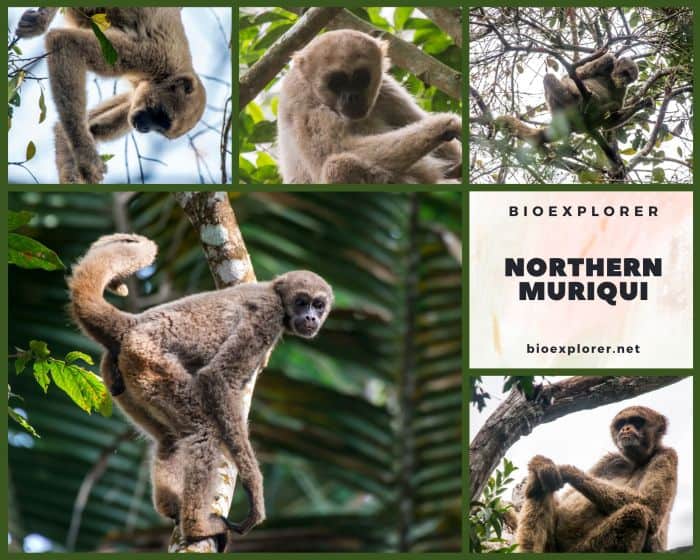
| Animalia | Primates | Atelidae | Brachyteles | Brachyteles hypoxanthus |
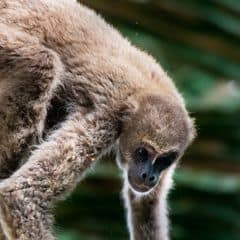

- Common Name: Northern Muriqui
- Taxonomy Classification Year: 1820
- Monkey Size: 119.9 to 132.4 cm (47.20 to 52.13 in)
- Skin Color(s): Light brown to gold
- Habitat: Rainforest
- Diet: Herbivorous
- Native Countries: Brazil
Northern Muriqui Distribution
Northern Muriqui Characteristics
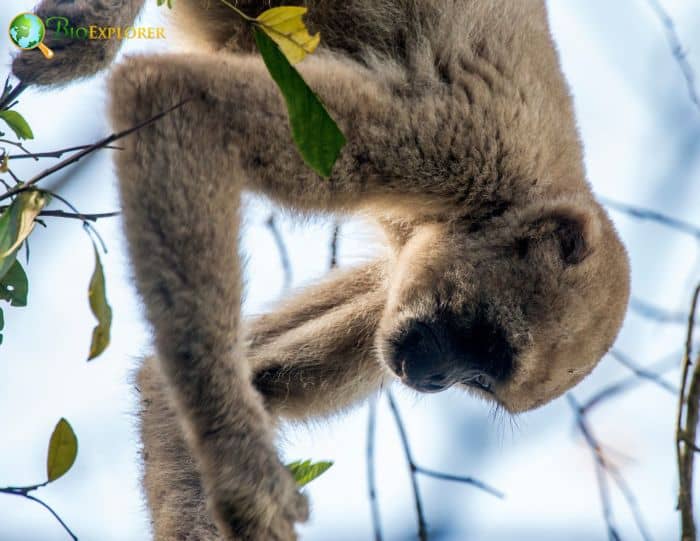
The northern muriquí[1] (Brachyteles hypoxanthus) is an endangered species of woolly spider monkey or muriquí endemic to Brazil.
- This New-World monkey is found in the Atlantic Forest region of the Brazilian states of Bahia, Minas Gerais, Espírito Santo, and Rio de Janeiro.
- Northern muriquís are similar to the closely related southern muriquis (Brachyteles arachnoides), which are large primates characterized by long limbs, a long prehensile tail, and a large rounded abdomen.
- The northern muriquis’ long prehensile tail is essential for arboreal travel and foraging in trees.
- Their long arms are also crucial for the journey. Their fur is thick with a tan to golden color.
- There is a slight sexual dimorphism in the northern muriquis. The body length of northern muriquis is also similar to that of southern muriquis, whose body can range from 46.1 to 49.7 cm long with a tail length of 72.6 to 81.0 cm.
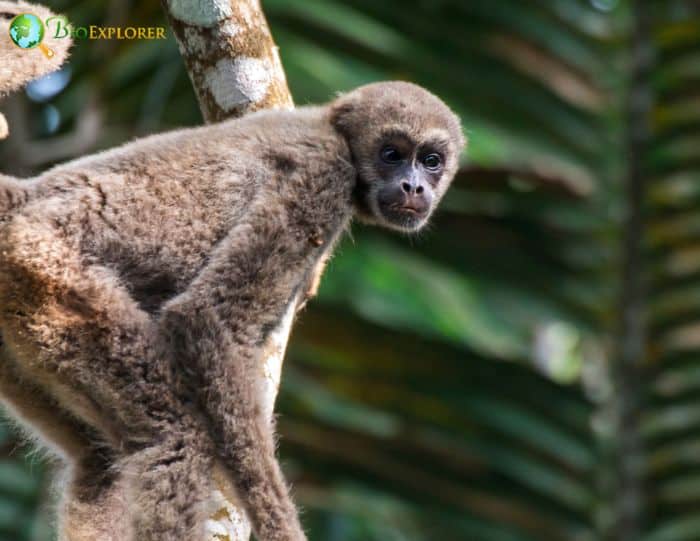
What Do Northern Muriquis Eat?
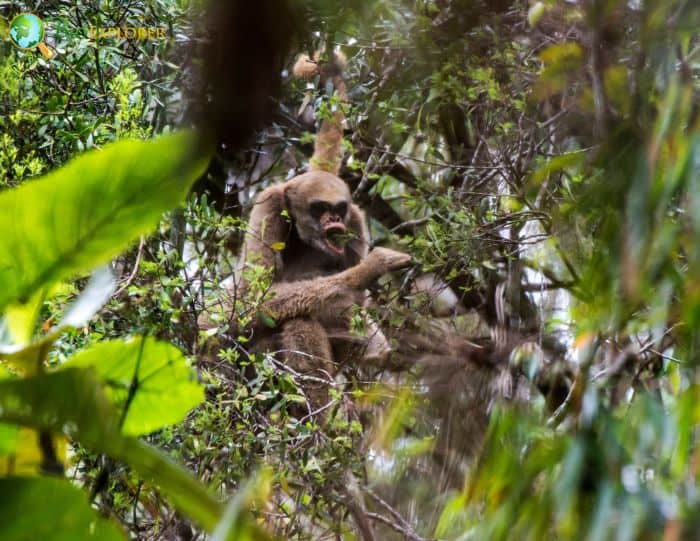
Northern Muriquis consume Maricao Cimun (Byrsonima crassifolia), West Indian Cherry (Prunus myrtifolia), Cargadera Blanco (Annona danforthii) and Ambarella (Spondias dulcis)[¶].
What Eats Northern Muriquis?
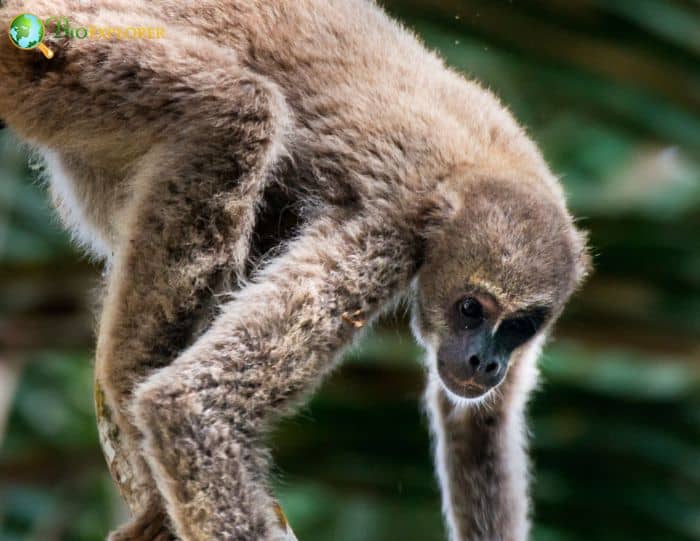
Ocelots (Leopardus pardalis) and Cougars (Puma concolor) are the main predators of Northern Muriqui monkeys in the wild[§].
Northern Muriqui Facts
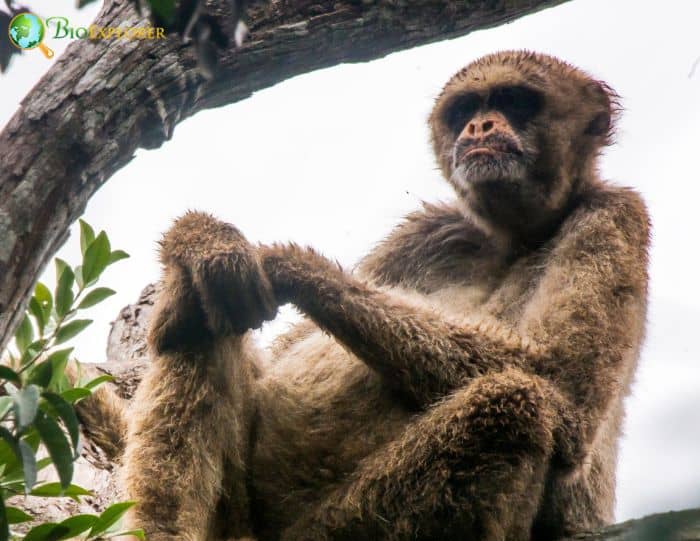
- Northern muriquis are social primates and live in groups of males and females of 48-81 individuals.
- Because of their dense forest habitat, northern muriquís can be visually separated from one another in a group.
- When searching for fruit and leaves in tall trees, these monkeys use their tails for support.
- Northern muriquís exhibit egalitarian social relationships, which is unusual among primates.
- When hostile encounters occur between two northern muriqui social groups, many small groups of males within the larger social group work together to defend the females of their social group.
Suggested Reading: Every Type of Monkey
Cite This Page
APA7MLA8Chicago
BioExplorer.net. (2025, May 28). Northern Muriqui. Bio Explorer. https://www.bioexplorer.net/animals/mammals/monkeys/northern-muriqui/.
BioExplorer.net. "Northern Muriqui" Bio Explorer, 28 May 2025, https://www.bioexplorer.net/animals/mammals/monkeys/northern-muriqui/.
BioExplorer.net. "Northern Muriqui" Bio Explorer, May 28 2025. https://www.bioexplorer.net/animals/mammals/monkeys/northern-muriqui/.











